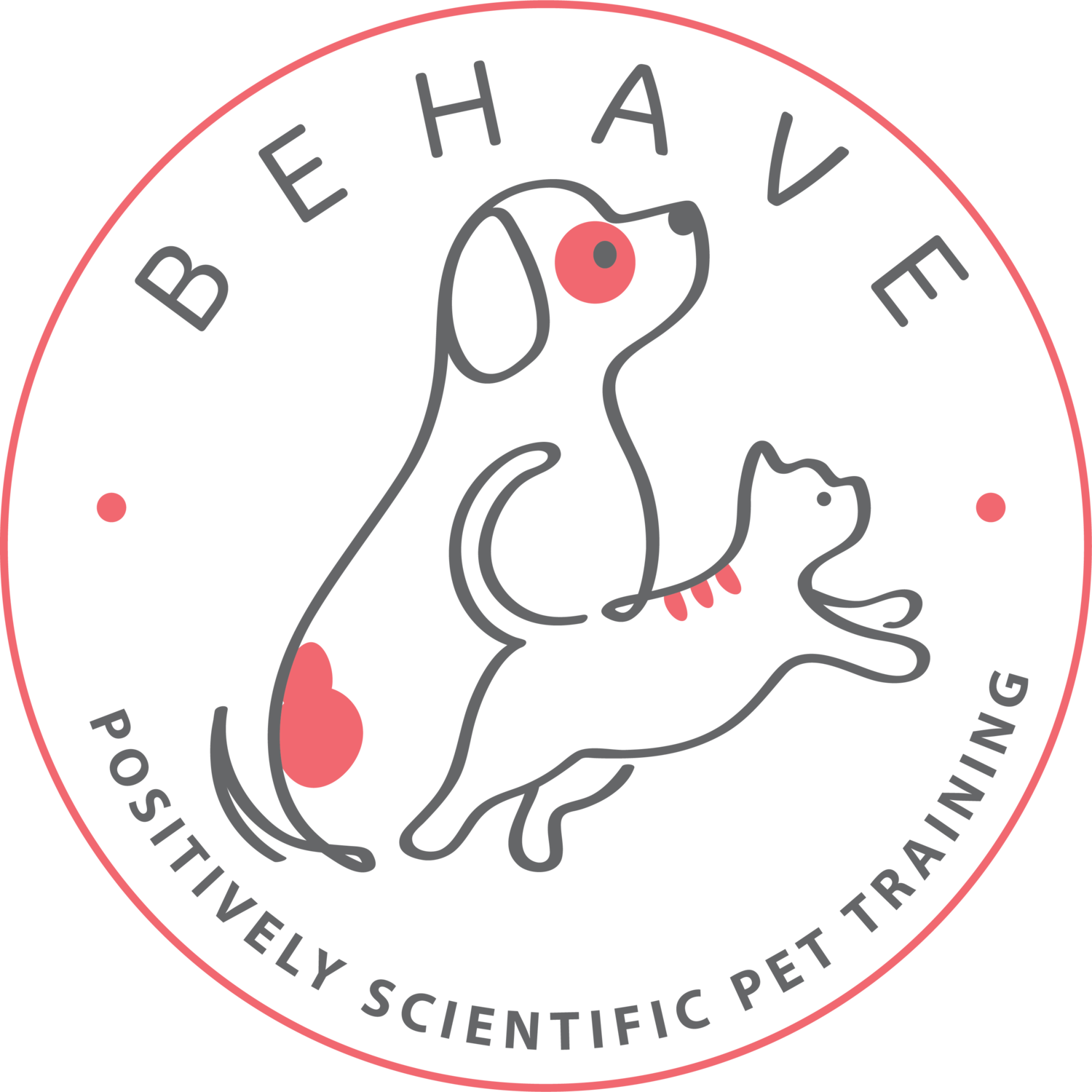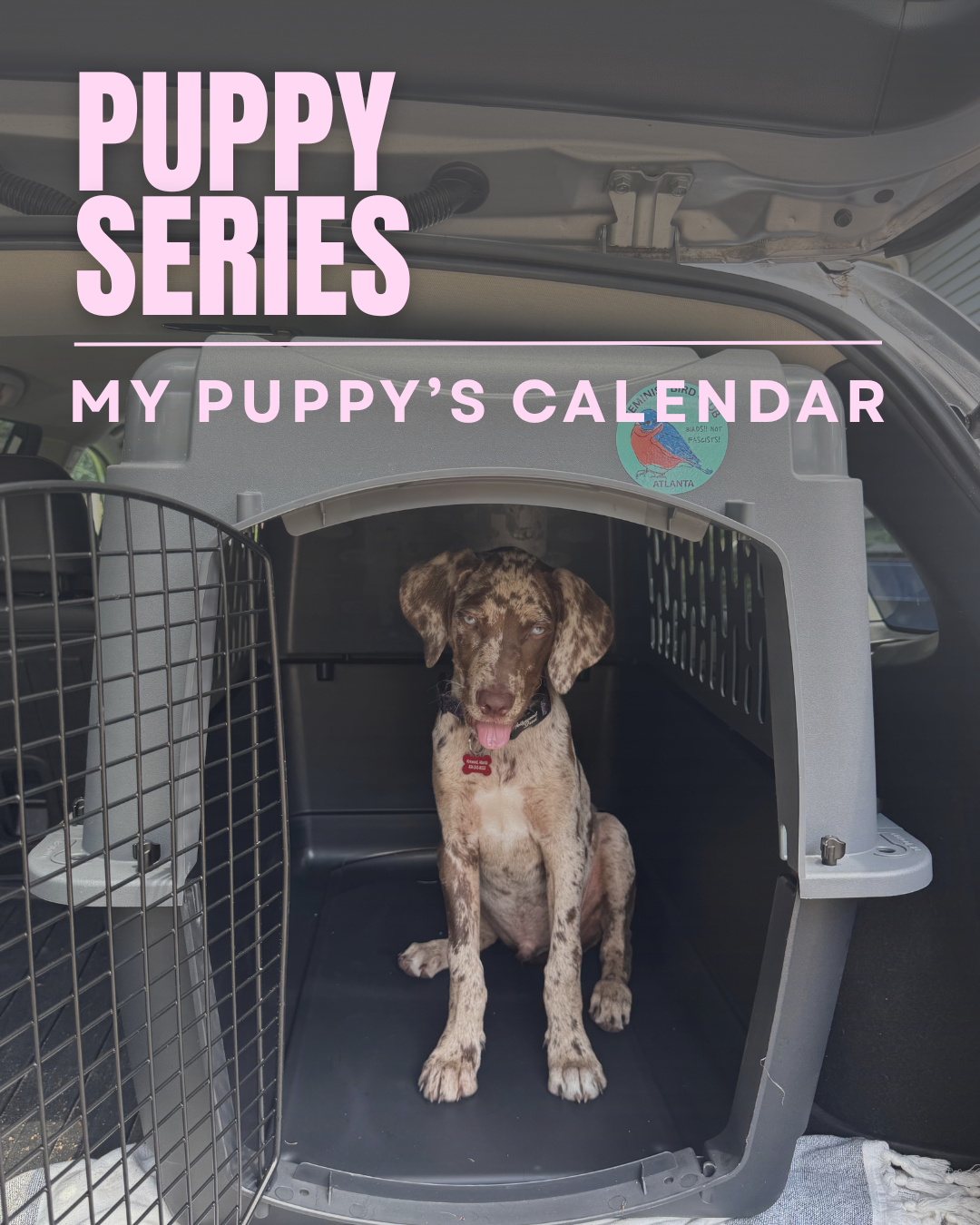This tale is as old as time. Puppies at 2, 3, even 4 months jump on a person and squeals of delight abound. And then short weeks later, some folks may have the opposite reaction - icks and ughs when your big, lanky preteen dog jumps on them.
As a puppy grows up, they change and their bodies change. Not only do they grow bigger, they grow stronger and more exuberant. We know this from watching humans grow - babies/toddlers are quite different from adolescents.
In general puppyhood ends around 6 months, when they move into adolescence. Silas is entering his 6th month on this earth on September 8, and he’s going to need some new training to combat his teenage energy and behaviors.
Jumping is one of those behaviors that changes over time and while we may give a dog a “puppy pass” due to cuteness and size when they’re young, that pass expires when they are 6 months old and growing bigger by the day (if you’re a big breed). Jumps move from light and airy to disruptive and sometimes painful (not to mention messy if you’re outside!).
Jumping is a highly motivating and reinforceable behavior. When a dog jumps on us and we reward them attention, they are reinforced for jumping. A reinforcer is anything that keeps the behavior going. So when a person laughs, pets, or looks at the dog that just jumped on them, they are more likely to repeat the behavior. When we don’t reinforce jumping with attention, we can decrease that behavior. Unfortunately, ignoring a dog that jumps on you is hard. Especially if the dog has learned that jumping is the only way to get your attention. If they want your attention and jumping isn’t working, what should they do instead?
This is where picking an alternative behavior comes in. For jumping, sitting is a great alternative because you can’t jump and sit at the same time. For example, if Silas approaches me and I think he might jump, I can ask for a “Sit” and reward that. If he jumps before I say sit, I can ignore that by turning around, looking away, and not saying anything. After he’s calmed down I can then ask for a “Sit” and reinforce that with attention.
Additionally, treat delivery can make a big difference. I can reward sitting or even standing (four on the floor) by tossing a treat right onto the floor instead of handing it to them. Their focus goes to the floor, rather than up to a person’s face.
If you’re like me, you may not mind if your dog jumps on you but you’d prefer them not to jump on other people. This can be communicated by teaching your dog a “jump on” cue which can then be asked for by you but not by others. It’s important to teach your dog that if you don’t ask for it, it will not be rewarded.
How familiar are you with doggie development? Did you know that we have a dog development infographic that folks all over the world use to understand the developmental phases of growth? You can see it here, and you’ve likely gotten a copy if you’ve worked with us.








